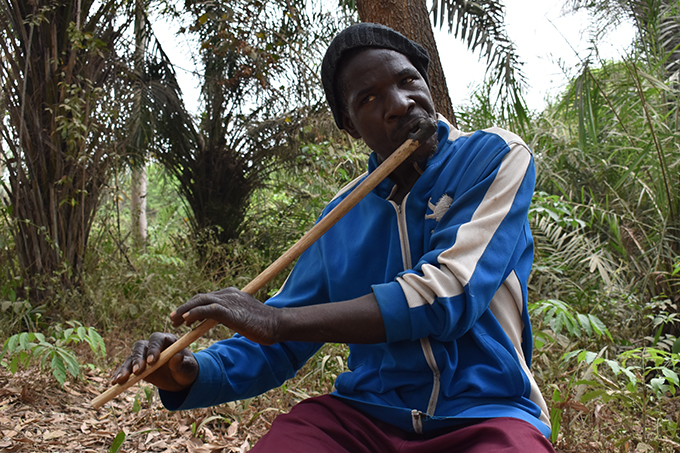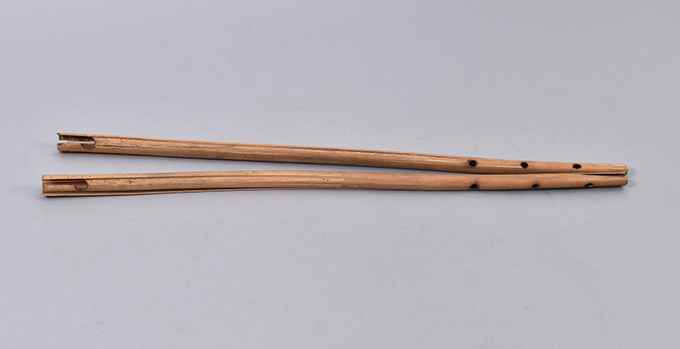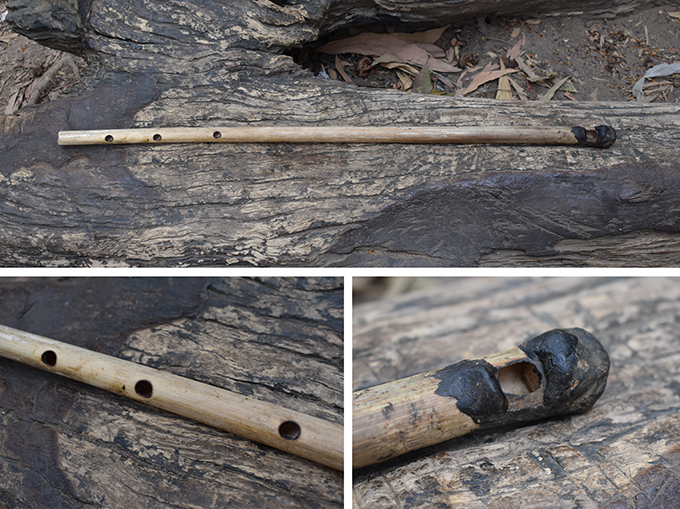
As part of our fieldwork in Sierra Leone, we are recording contemporary musicians and singers in the locations in which Northcote Thomas worked in 1914-15. Indeed, the majority of the wax cylinder phonograph recordings that Thomas made during his Sierra Leonean tour are ethnomusicological.
On 21 October 1914, while conducting research in Mabonto in what is now Simera Chiefdom, Tonkolili District, Northern Sierra Leone, Thomas recorded a flute player. Mabonto is now largely Temne-speaking as a result of in-migration due to mining activities. In 1914, however, Mabonto was a Koranko-speaking town.
When we asked whether there were any traditional flute players in Mabonto, we were told that there were none, and that one would have to go deeper into ‘Koranko country’ in order to find one. We were told about a flute player named Hassan Jalloh, who lived in Bendugu in neighbouring Sambaya Chiefdom. The following day, after a long, arduous drive through the hilly terrain, we arrived at Bendugu only to find that Hassan had been called away to play his flute at a men’s society ceremony. Thankfully, however, we were able to arrange for him to come to Mabonto the day after, where he played for us.
We played Hassan Northcote Thomas’s 105-year-old recordings of the flute player in Mabonto. Hassan confirmed that this was the same instrument he played. He immediately recognized the music and began playing a version of the same song, which he told us was played in the men’s society camp.
Thomas collected two examples of these flutes and they were some of the most fragile objects that we photographed in the University of Cambridge Museum of Archaeology and Anthropology (MAA) stores in 2018. They are made from reeds that grow on river banks in the region. Hassan explained that he learnt to make and play the flute (locally called fuli or fullii) from his father who had learnt from his father before him. The finger holes are burnt into the reed using a hot stick and one can still see where the stick has singed the reed in the examples in the MAA collection. It appears that the MAA examples were not played, however, since they are missing the mouthpiece, which is fashioned from a kind of resin produced by insects.

